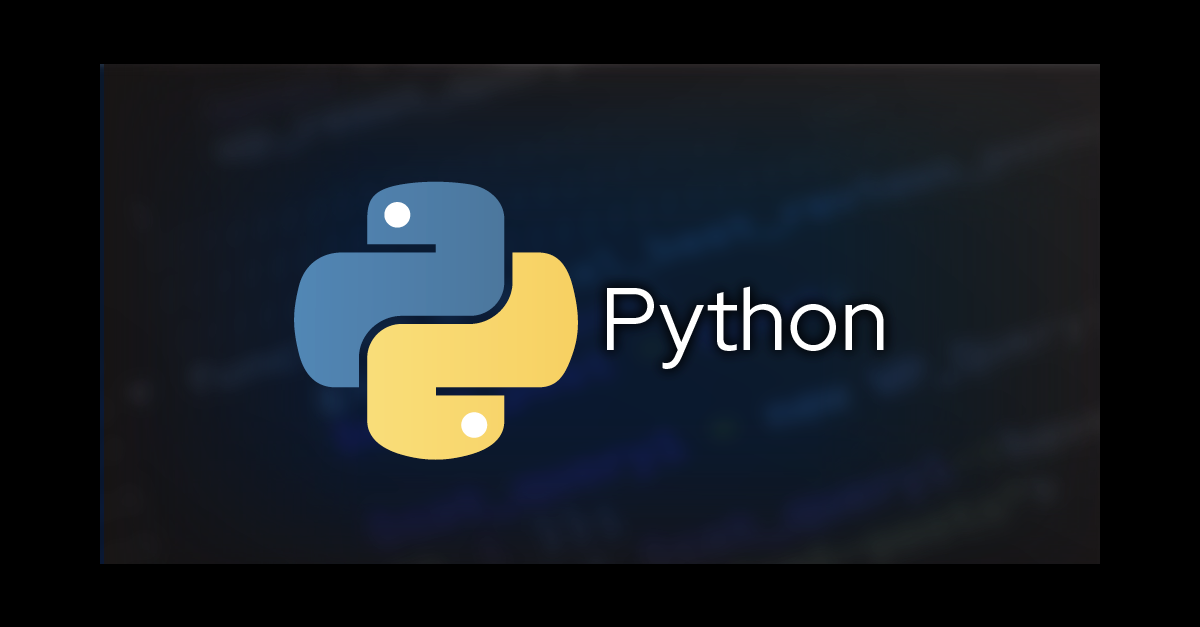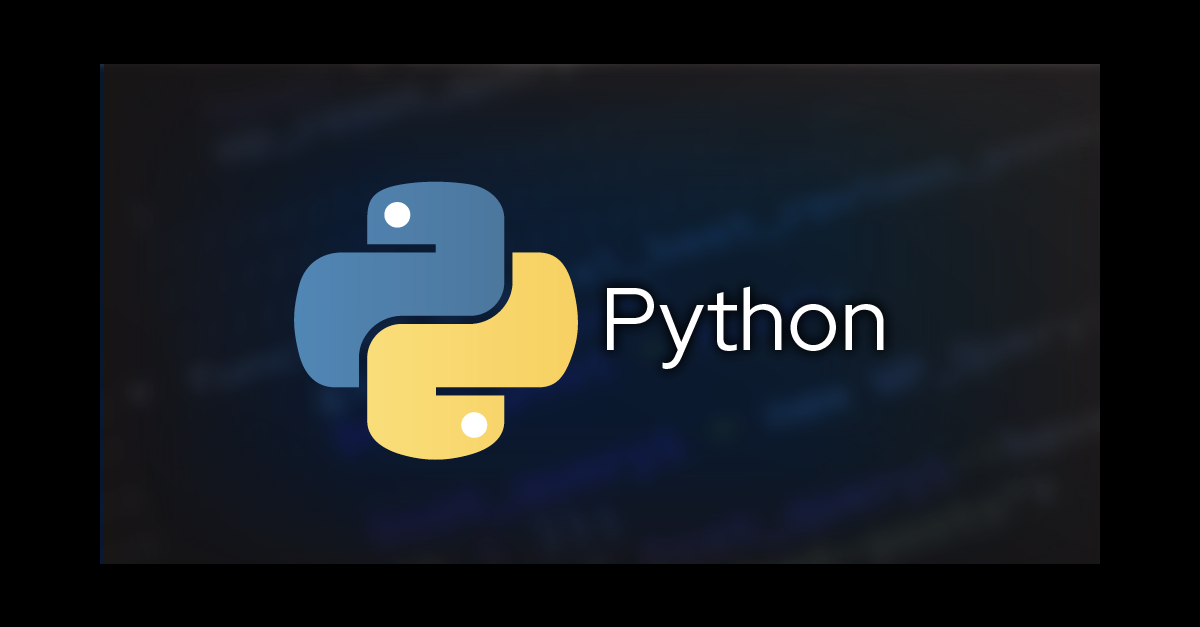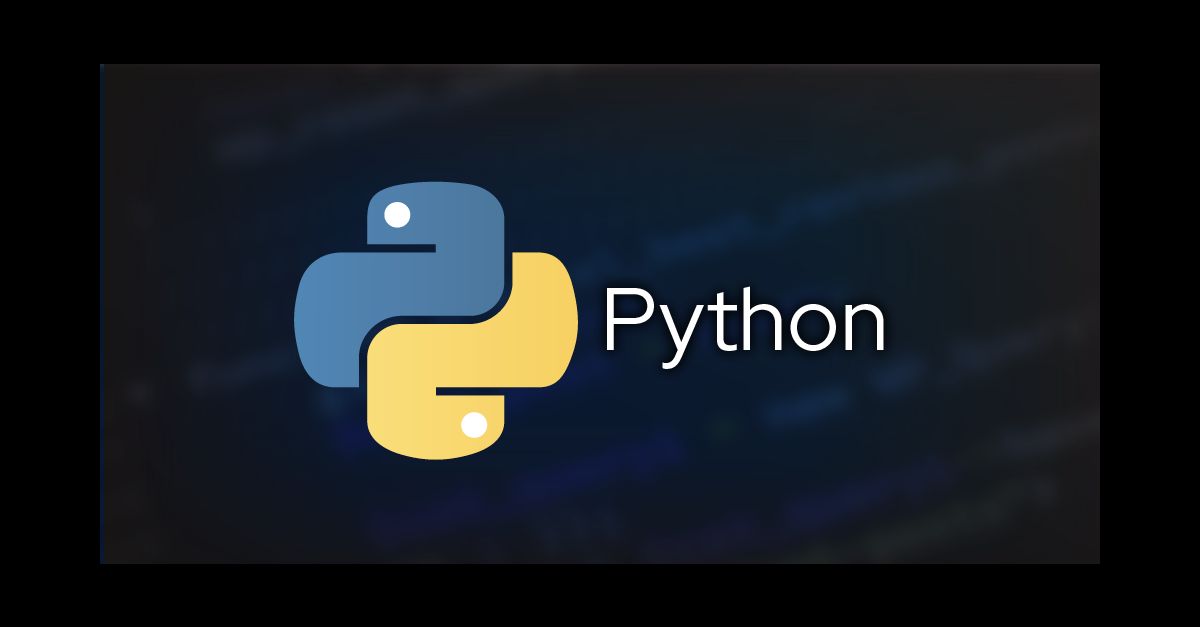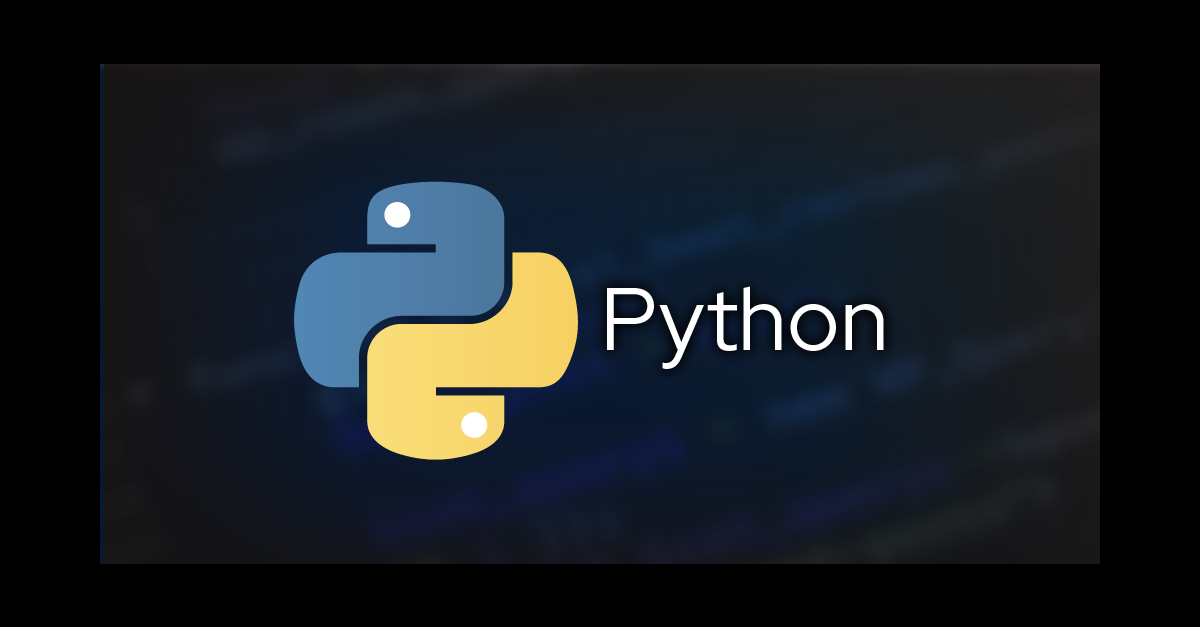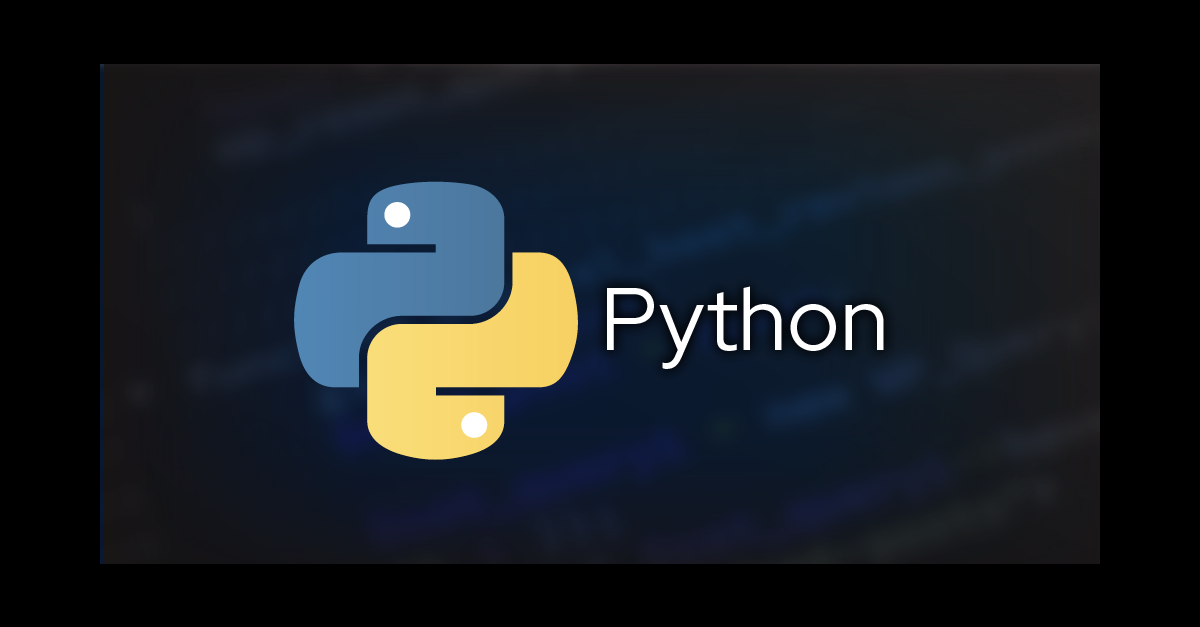简介
我们知道Python中有4种数字类型,分别是int,float,bool和complex。作为科学计算的NumPy,其数据类型更加的丰富。
今天给大家详细讲解一下NumPy中的数据类型。
数组中的数据类型
NumPy是用C语言来实现的,我们可以对标一下NumPy中数组中的数据类型跟C语言中的数据类型:
| Numpy 中的类型 | C 中的类型 | 说明 |
|---|---|---|
| np.bool_ | bool | Boolean (True or False) stored as a byte |
| np.byte | signed char | Platform-defined |
| np.ubyte | unsigned char | Platform-defined |
| np.short | short | Platform-defined |
| np.ushort | unsigned short | Platform-defined |
| np.intc | int | Platform-defined |
| np.uintc | unsigned int | Platform-defined |
| np.int_ | long | Platform-defined |
| np.uint | unsigned long | Platform-defined |
| np.longlong | long long | Platform-defined |
| np.ulonglong | unsigned long long | Platform-defined |
| np.half / np.float16 | Half precision float: sign bit, 5 bits exponent, 10 bits mantissa | |
| np.single | float | Platform-defined single precision float: typically sign bit, 8 bits exponent, 23 bits mantissa |
| np.double | double | Platform-defined double precision float: typically sign bit, 11 bits exponent, 52 bits mantissa. |
| np.longdouble | long double | Platform-defined extended-precision float |
| np.csingle | float complex | Complex number, represented by two single-precision floats (real and imaginary components) |
| np.cdouble | double complex | Complex number, represented by two double-precision floats (real and imaginary components). |
| np.clongdouble | long double complex | Complex number, represented by two extended-precision floats (real and imaginary components). |
我们在Ipython环境中随机查看一下上面的类型到底是什么:
import numpy as np
In [26]: np.byte
Out[26]: numpy.int8
In [27]: np.bool_
Out[27]: numpy.bool_
In [28]: np.ubyte
Out[28]: numpy.uint8
In [29]: np.short
Out[29]: numpy.int16
In [30]: np.ushort
Out[30]: numpy.uint16所以上面的数据类型,其底层还是固定长度的数据类型,我们看下到底有哪些:
| Numpy 类型 | C 类型 | 说明 |
|---|---|---|
| np.int8 | int8_t | Byte (-128 to 127) |
| np.int16 | int16_t | Integer (-32768 to 32767) |
| np.int32 | int32_t | Integer (-2147483648 to 2147483647) |
| np.int64 | int64_t | Integer (-9223372036854775808 to 9223372036854775807) |
| np.uint8 | uint8_t | Unsigned integer (0 to 255) |
| np.uint16 | uint16_t | Unsigned integer (0 to 65535) |
| np.uint32 | uint32_t | Unsigned integer (0 to 4294967295) |
| np.uint64 | uint64_t | Unsigned integer (0 to 18446744073709551615) |
| np.intp | intptr_t | Integer used for indexing, typically the same as ssize_t |
| np.uintp | uintptr_t | Integer large enough to hold a pointer |
| np.float32 | float | |
| np.float64 / np.float_ | double | Note that this matches the precision of the builtin python float. |
| np.complex64 | float complex | Complex number, represented by two 32-bit floats (real and imaginary components) |
| np.complex128 / np.complex_ | double complex | Note that this matches the precision of the builtin python complex. |
所有这些类型都是 dtype 对象的实例。常用的有5种基本类型,分别是bool,int,uint,float和complex。
类型后面带的数字表示的是该类型所占的字节数。
上面表格中有一些 Platform-defined的数据类型,这些类型是跟平台相关的,在使用的时候要特别注意。
这些dtype类型可以在创建数组的时候手动指定:
>>> import numpy as np
>>> x = np.float32(1.0)
>>> x
1.0
>>> y = np.int_([1,2,4])
>>> y
array([1, 2, 4])
>>> z = np.arange(3, dtype=np.uint8)
>>> z
array([0, 1, 2], dtype=uint8)由于历史原因,为了向下兼容,我们也可以在创建数组的时候指定字符格式的dtype。
>>> np.array([1, 2, 3], dtype='f')
array([ 1., 2., 3.], dtype=float32)上面的 f 表示的是float类型。
类型转换
如果想要转换一个现有的数组类型,可以使用数组自带的astype方法,也可以调用np的强制转换方法:
In [33]: z = np.arange(3, dtype=np.uint8)
In [34]: z
Out[34]: array([0, 1, 2], dtype=uint8)
In [35]: z.astype(float)
Out[35]: array([0., 1., 2.])
In [36]: np.int8(z)
Out[36]: array([0, 1, 2], dtype=int8)注意,上面我们使用了 float , Python将会把float 自动替换成为 np.float_,同样的简化格式还有int==np.int_,bool==np.bool_,complex==np.complex_. 其他的数据类型不能使用简化版本。
查看类型
查看一个数组的数据类型可以使用自带的dtype属性:
In [37]: z.dtype
Out[37]: dtype('uint8')dtype作为一个对象,本身也可以进行一些类型判断操作:
>>> d = np.dtype(int)
>>> d
dtype('int32')
>>> np.issubdtype(d, np.integer)
True
>>> np.issubdtype(d, np.floating)
False数据溢出
一般来说,如果超出了数据的范围是会报异常的。比如我们有一个非常长的int值:
In [38]: a= 1000000000000000000000000000000000000000000000000000000000000000000000000000000
In [39]: a
Out[39]: 1000000000000000000000000000000000000000000000000000000000000000000000000000000
In [40]: np.int(1000000000000000000000000000000000000000000000000000000)
Out[40]: 1000000000000000000000000000000000000000000000000000000
In [41]: np.int32(1000000000000000000000000000000000000000000000000000000)
---------------------------------------------------------------------------
OverflowError Traceback (most recent call last)
<ipython-input-41-71feb4433730> in <module>()
----> 1 np.int32(1000000000000000000000000000000000000000000000000000000)上面的数字太长了,超出了int32的范围,就会抛出异常。
但是NumPy的有些操作,如果超出范围之后,并不会报异常,而是正常范围,这时候我们就需要注意了:
In [43]: np.power(100, 8, dtype=np.int32)
Out[43]: 1874919424
In [44]: np.power(100, 8, dtype=np.int64)
Out[44]: 10000000000000000NumPy提供了两个方法来测量int和float的范围,numpy.iinfo 和 numpy.finfo :
In [45]: np.iinfo(int)
Out[45]: iinfo(min=-9223372036854775808, max=9223372036854775807, dtype=int64)
In [46]: np.iinfo(np.int32)
Out[46]: iinfo(min=-2147483648, max=2147483647, dtype=int32)
In [47]: np.iinfo(np.int64)
Out[47]: iinfo(min=-9223372036854775808, max=9223372036854775807, dtype=int64)如果64位的int还是太小的话,可以使用np.float64,float64可以使用科学计数法,所以能够得到更大范围的结果,但是其精度可能会缩小。
In [48]: np.power(100, 100, dtype=np.int64)
Out[48]: 0
In [49]: np.power(100, 100, dtype=np.float64)
Out[49]: 1e+200本文已收录于 http://www.flydean.com/02-python-numpy-datatype/
最通俗的解读,最深刻的干货,最简洁的教程,众多你不知道的小技巧等你来发现!
欢迎关注我的公众号:「程序那些事」,懂技术,更懂你!










